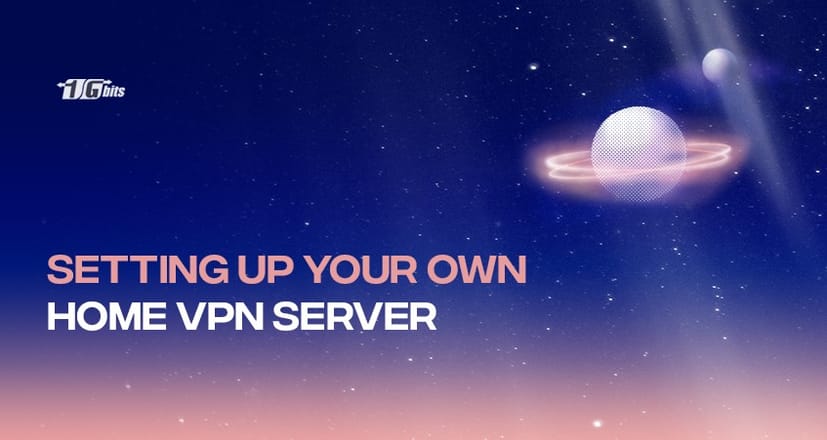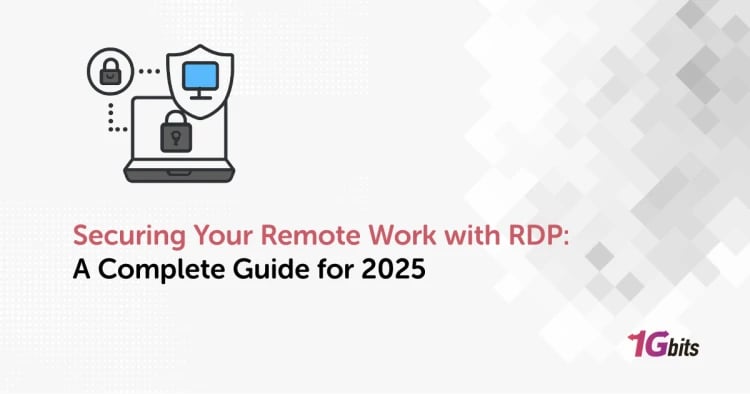The below article will discuss what VPN is, why we need it, the requirements, and how to create a home VPN server.
In the world of hackers and compromised data security, we must ensure that our credibility and data stay safe. Day by day, it is getting difficult to protect our data online, especially browsing data, and so many tools and techniques have been put into place to ensure safety.
One way is to implement VPN (Virtual Private Network) to keep our data safe by routing all the traffic to our dedicated VPN server with all measurements. A VPN ensures that the traffic is not directly directed to your website and encrypts the flowing traffic between your VPN server and the system. The destination or the browsing website will get all the traffic from the VPN server instead of your ISP, ensuring your data is safe.
Well, VPN can be free or paid based on what services you are expecting. However, you do not have to worry about the charges; you can create your VPN server at home for free. Setting up a VPN server will not take much time if you have basic computer and networking knowledge.
You can enhance your VPN experience and understand its benefits further by checking out our guide on how to get a VPN, which provides valuable insights into choosing the right VPN service for your needs.
What is a VPN Server?
VPN ensures a secure connection to another network on the internet. It allows to access even the region-restricted websites and protects browsing activity and information from hackers. VPN helps connect your system to another computer or server and enables you to browse with the help of that computer’s internet. If the connected server is in a different region, then it appears that you are connecting from that region irrespective of your actual place.
Advantages of Using a Personal VPN Server at Home
Below are some advantages:
- It helps you bypass the geographical restrictions on different websites that you might not be able to access without connecting to a VPN.
- It helps you to avoid snooping on unauthorized wifi hotspots.
- It provides you with some anonymity by protecting your actual location.
- You can easily download and upload using a torrent without being logged in.
- It protects your identity from being compromised.
- It allows you to access business and home networks while you travel.
- It ensures an encrypted connection without letting your local network know which sites you are accessing.
The VPN server can be created at home by configuring a port forwarding through your ISP’s router. Creating and setting a VPN home is as reliable and secure as cloud providers like AWS. You require a secured internet server, and you can use any Open VPN option to make your home VPN server. Below are some prerequisites.
You can try downloading and setting up a VPN on Windows or Ubuntu. It might be a little complicated working on Linux as you have to search for various instructions on how to do a setup.
For a more streamlined approach to configuring your VPN, consider exploring our guide on how to configure a VPN using Easy VPN on Cisco routers, which provides step-by-step instructions tailored for home network setups.
Creating a VPN Server at Home
We have discussed three different methods for creating a VPN server at home.
- Method 1: Use a VPN-compatible router.
- Method 2: Use a custom DD-WRT router.
- Method 3: Use an old computer.
Method 1: Setting Your VPN Using a VPN Compatible Router
For this, you must take a router with VPN services support, as the router works as a VPN server. This might be the easiest way to set up a VPN server. You can also look for other options like NETGEAR routers, TP-link routers, ASUS routers, and many more per your requirement and budget.
VPN routers come with a web UI; you can log in to that UI by providing the correct IP address to your internet browser. Upon opening the browser link, you will be prompted for a username and password. Once you give the right details, you can easily access the UI. On the UI, you can create a VPN server. If you want to develop a commercial VPN, you must provide the OpenVPN files and upload them to the router. There is always a different way to set up a router as a VPN server.
We will learn about creating an ASUS router as a VPN using the Nighthawk Pro gaming router.
- Open the web browser using any device like a mobile or computer connected to your router’s network.
- Open the router web UI and enter the username and password.
- You will be directed to the dashboard.
- Go to settings -> Advanced settings -> VPN service.
- Then, you can enable the VPN service.
- Go to the “Clients will use this VPN Connection to access” option and select the “All sites on the Internet and Home Network.”
- Hit the Apply button to make the changes.
- Then, download the VPN client’s configuration files.
- Unzip the files and upload them to the folder where the VPN client is installed on your device.
Method 2: Setting up a VPN Server Using a Custom DD-WRT Router
Instead of using the routers mentioned above, you can use third-party firmware versions. You can easily replace the stock version with more capable third-party router solutions, which is why we recommend using DD-WRT firmware.
This firmware is available in every range and comes with a highly interactive and intuitive web UI. With DD-WRT, you will completely control your router and internet connection. You can also change various parameters for the router with high customization. This firmware has become a choice for every techie. While choosing the DD-WRT, check if they are compatible with the routers to avoid purchasing the wrong router. Additionally, if you're looking to enhance your home network security, you might find it useful to install a PPTP VPN on CentOS 7 for secure remote access to your home network.
Method 3: Creating a VPN Server Using an Old Computer
The above methods may incur some costs, but this one is the most cost-efficient way to create a VPN server. You can efficiently turn your old computer into a VPN server without investing much. You can seamlessly convert your system into a dedicated server to process incoming traffic. There might be a problem with this method.
This method requires you to keep the system’s power for staying connected to the server. You can use OpenVPN for configuration to make it the server. You need to install OpenVPN to all the connecting devices to your VPN. this may be a lengthy process for setting up a VPN but does not require hardcore technical knowledge.
Creating a personal OpenVPN server entails:
- Download and install the OpenVPN software on your system.
- Then you have to generate the certificate and keys for the same.
- Now, create the server and client configuration files.
- Then, start the server to start working.
For those considering a VPN, understanding how to choose the right one for your needs can enhance your overall experience; check out our guide on how to choose a VPN for valuable insights.
Conclusion
We have discussed three ways to help you create a home VPN server of your own. Having a personal VPN comes with various benefits, such as enhanced security and privacy, but the setup process can be tedious and might come with many troubleshooting problems. However, this doesn’t mean you should avoid exploring cost-effective methods to leverage the advantages of a VPN at your home. If you're looking for an easier solution, consider using a VPS for VPN server. A Virtual Private Server (VPS) can simplify the setup while providing greater flexibility and performance.
Using a VPS allows you to install any VPN software of your choice, such as OpenVPN, which is known for its strong encryption and security features. Setting up a VPS for OpenVPN ensures you have complete control over your data and browsing activity, offering both security and cost-efficiency. Many routers come with VPN compatibility, or you can set up your VPN directly on a VPS, allowing you to bypass some of the hardware limitations of home routers.
So, whether you choose to use a router or a VPS to host your VPN server, give it a try and share your experiences in the comments below. For a deeper understanding of the technologies involved, check out our article on the difference between RDP and VPN to see how they compare and which might be the best fit for your needs.
People also read:










